SUMMARY
This is AI generated summarization, which may have errors. For context, always refer to the full article.
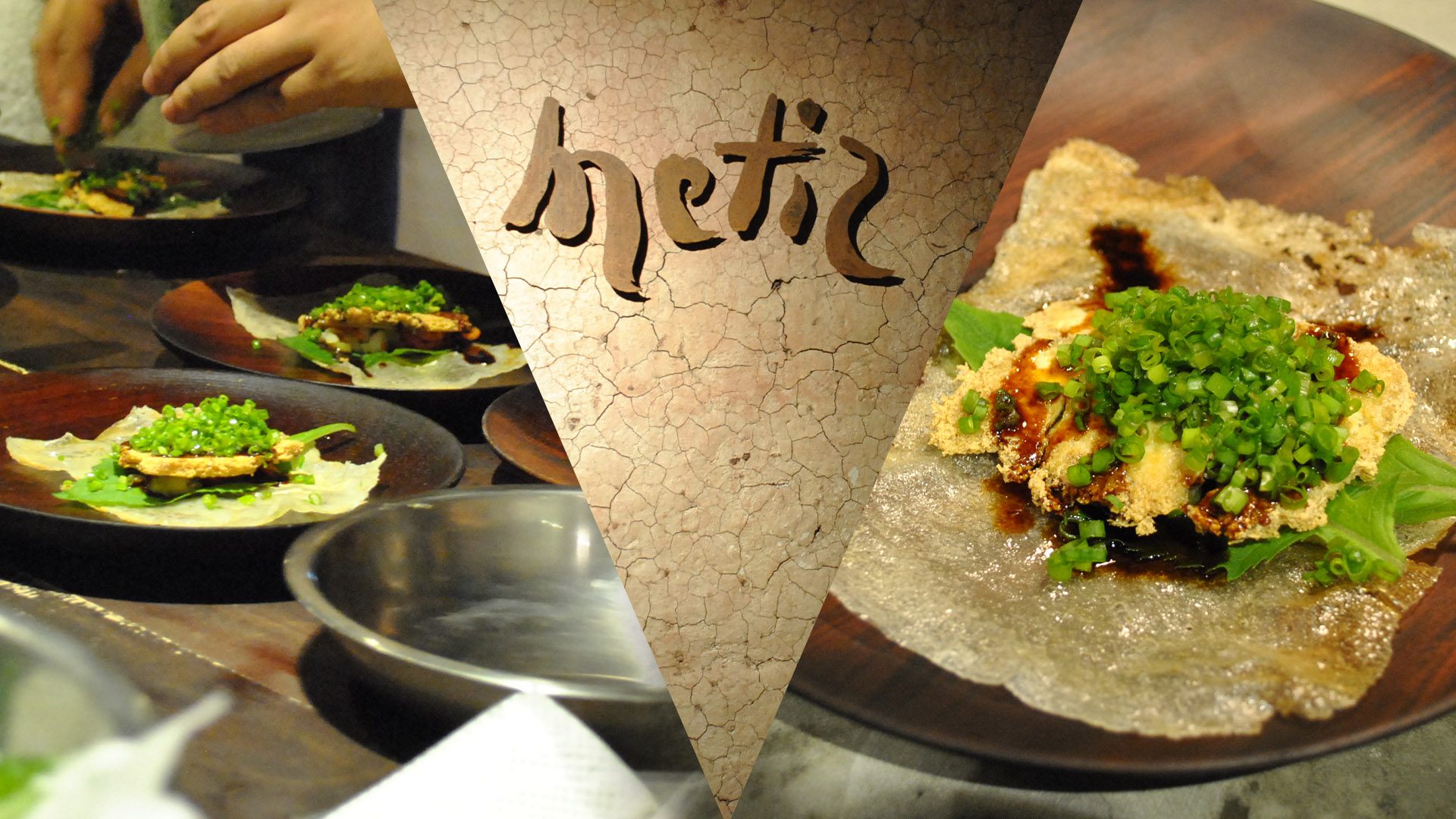
MANILA, Philippines – I love Filipino food just as much as the next Pinoy – comfort is always found in my favorite bowl of sinigang, and excitement ensues whenever a plate of paksiw na bangus is served at home (as you probably can tell, sour dishes are my thing). So whenever a Filipino fine dining restaurant comes out with a “unique menu” of new “Filipino fusion” dishes, there’s a hint of skepticism involved – how “fancy” and “elevated” can one take traditional Filipino cuisine without “butchering” it? How far can all these creative spins and twists go?
But I’ve learned to appreciate what a Filipino fine dining restaurant has to offer with an open mind and curious palate, and these are exactly what diners should bring on their first visit to Filipino fine dining resto Metiz – including an empty stomach and a penchant for gulay (vegetables), seafood, and buro-centric flavors.

The Chino Roces Avenue hidden gem is all about highlighting locally-sourced, quality ingredients, the age-old method of fermentation (buro), and familiar savory and tangy flavor profiles in dishes with ingredient combos you’ve never heard of, but seamlessly work to form a cohesive powerhouse of different flavors and textures. That’s what good food is all about at the end of the day!
Chef Stephan Duhesme, founder of Metiz, told Rappler that Metiz is his own way of promoting our cultural heritage through new influences. Spending time in Bogota, Colombia with a background in Latin American cuisine, he describes it as “French nouvelle cuisine, mostly defined by the neo-bistros taking over the Paris dining scene,” and also “new Nordic cuisine,” with a heavy emphasis on fermentation and common household vegetables.
If you’re looking for a new high-end spot to spend a special occasion with your partner in, or just a casual spot to gather with friends and enjoy good food and drinks, don’t miss out on Metiz!
What to expect: Vibes, menu, ambiance

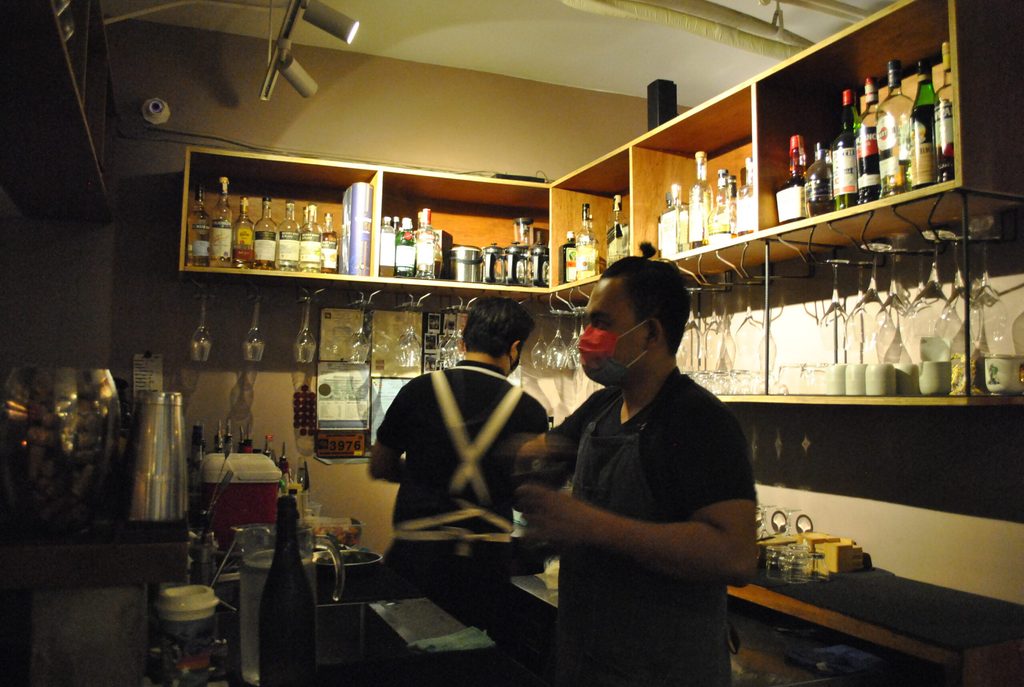
The restaurant is tucked inside Karrivin Plaza along Chino Roces Avenue, Makati City – a relatively quiet and private compound, with a lot of parking slots available. Walk inside the modestly-sized space and you’re greeted by warm, dim lighting, a casual yet cool ambiance, an intimate al fresco dining area, indoor group seating, and a bustling atmosphere. Even if it’s technically called “fine dining,” the environment doesn’t feel stiff or formal at all; “come as you are” is Metiz’s motto.

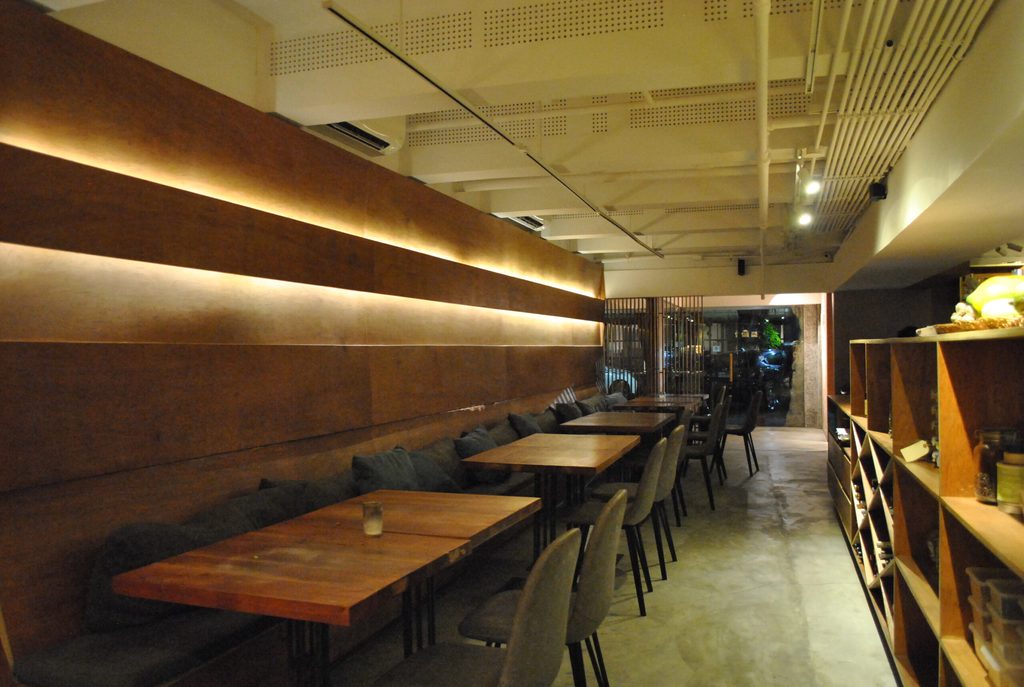
The open kitchen, where many young chefs are at the helm, also contributes to the youthful, energetic, and unpretentious vibe that makes the communal space feel even more alive.
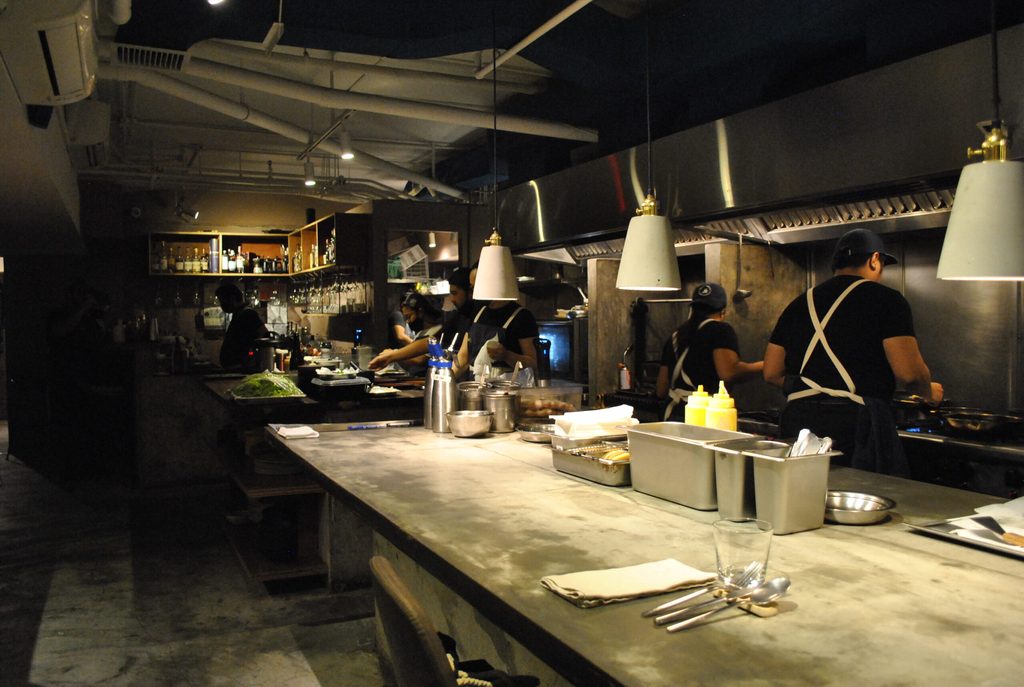
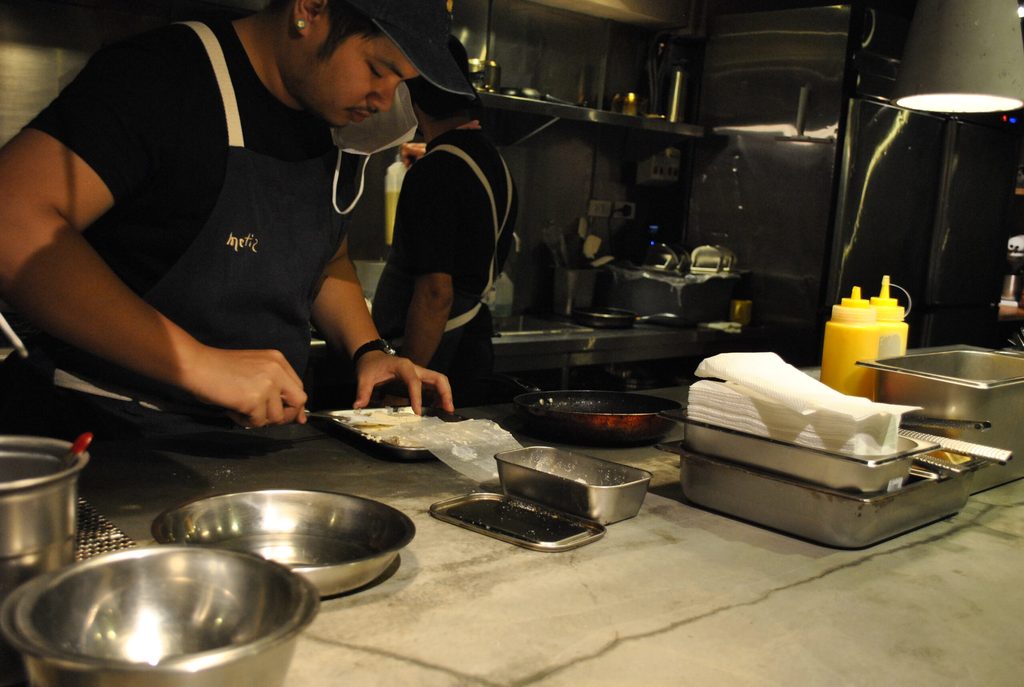
The restaurant’s name hints at what you can expect from Metiz – according to Chef Stephan, Metiz comes from the french word metisse, which means mestizo. Chef Stephan said that Filipino food, with all of its influences, is “mestizo by nature,” but he decided to have a name that was neither French, Spanish, or Tagalog to break “all pre-conceived images that the mind subconsciously associates with words.”

“It really just stops at the style and aesthetic, as most other cues are taken from our cultural heritage. Fermentation, for example, has always been a central part of Filipino food, as has gulay. Or right now, we are serving a kakanin, something that is sweet and salty in the middle of our tasting menu,” Chef Stephan said. According to him, this is something that would be considered “poor menu planning in France” yet is “totally culturally acceptable” in a Filipino household. “It’s important to note that we are not trying to Europeanize our cuisine,” he added.
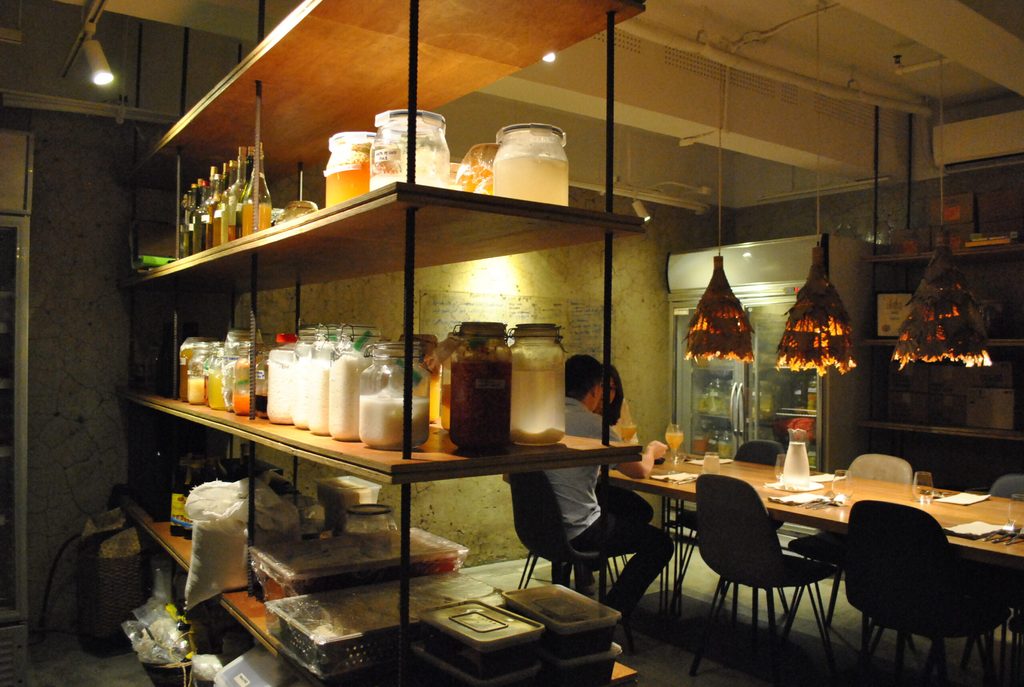
At the core of Mestizo’s menu are “nostalgia, memories, and emotions” – the team’s philosophy every time they brainstorm on new creations for the menu. “We inspire ourselves [with] existing recipes, their history, and how they have affected our culinary culture but we are not bound by them,” Chef Stephan said.

At Metiz, each set menu needs at least three vegetable/fruit-centric dishes; plus, a fermented component (or two) generally needs to be present in every dish, one way or another. This won’t be a problem for Metiz – the restaurant boasts of shelves of various fermented babies in huge labeled glass jars, each one at various stages of fermentation – from rice, to kombucha (fermented tea), to house-made vinegars, to pickled veggies and fruits.


“You can expect traditional sour profiles and strong flavors here, as this is what we enjoy and are inspired by here,” he added. The distinct asim-kilig in our dishes is a “differentiating aspect of our cuisine,” Chef said, describing Filipino food as “punchy and nuanced with generally strong flavors.” Because the tasting menu changes from time to time depending on ingredient availability and seasonality, you’re always in for a surprise.
Let’s dig in
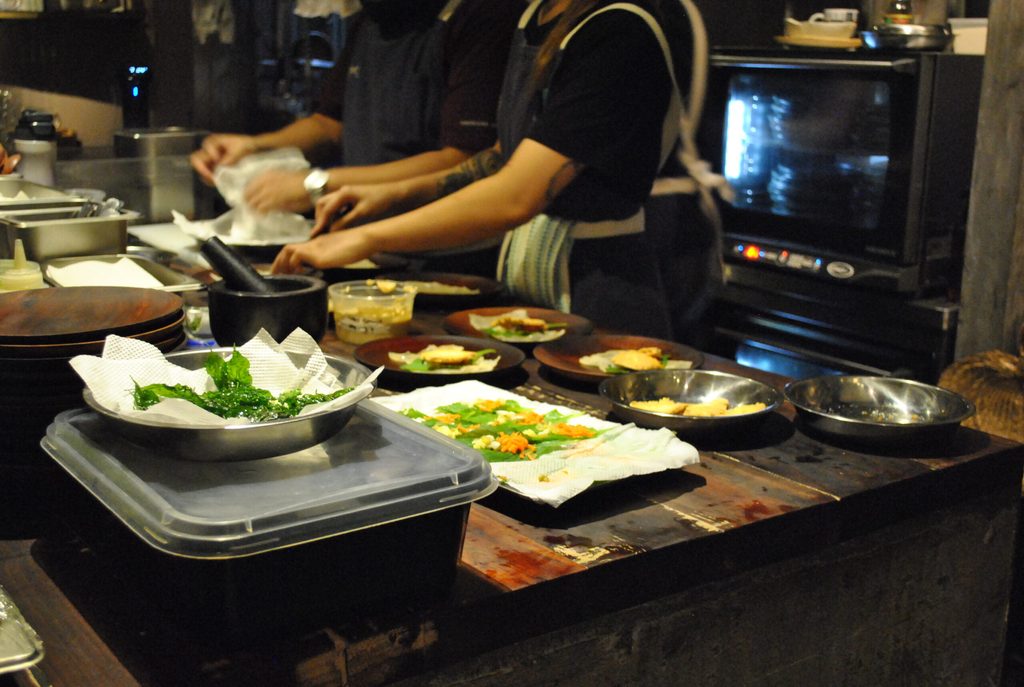
Cliche as it sounds, dining in should always feel like a “culinary journey,” and this could be the best way to describe the momentum and flavor build-up of Metiz’s tasting menu last April. It’s almost like a familiar yet exciting story that’s being told through the gradual increase and strengthening of Metiz’s flavors per course – from fresh and light profiles, to reaching the set’s boldest, punchiest arc, and then gracefully dwindling down to milder and more straightforward flavors and simpler presentation.
No dish is left lacking in taste; each one is distinctly unique yet simplistic in concept, but powerful in flavor. Nothing also ever tastes too similar to one another, and nothing is too sweet nor too sour.

So, let’s begin! To start, Chef Stephan recommended one of their signature cocktails: the Balingkinitan (P550+), a refreshingly tart and citrusy cocktail made with gin, cynar, lemongrass-ginger kombucha, oleo saccharum, and pomelo mist. It’s a bright, zingy experience that makes for a good palate-opener to start, especially when paired with the first course of the night.
The first course is a delicate fruit salad, served cold. In a bowl are thin slices of fresh papaya and mango with a fermented strawberry and tamarillo dressing, citrus and pandan oil, and then topped with a delicious, tart mangosteen sorbet. Added in are fresh cucumbers and mangosteen kombucha, making for a refreshingly light, tangy, and slightly sweet starter with mostly soft textures.
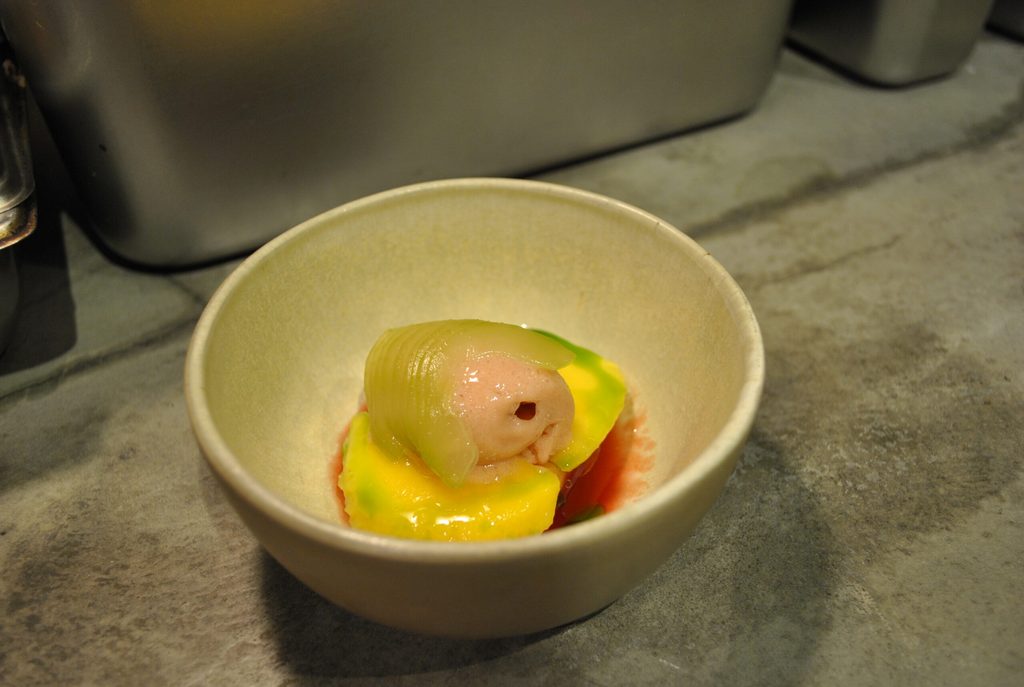
You get the creaminess of the sorbet, a bit of crunch from the cucumbers and papaya, and a mellow acidity from the kombucha – a different but very refreshing and welcome diversion from the usual sweet, condensada-based fruit salad of Filipino households.
The second gulay-centric course is a straightforward ode to warm salads – it’s basically lettuce on a plate. Sounds simple, yes, but it was easily one of my favorites of the night! Usually, the local, common crop is just set aside as a side dish to a main course, but Metiz found an ingenuous way of allowing it to star on the plate; no frills and fancy finishes. The lettuce used is grown near a beach in Zamabales, so it’s got some “interesting salinity” to it, Chef Stephan said, which helps adds umami to the household vegetable.
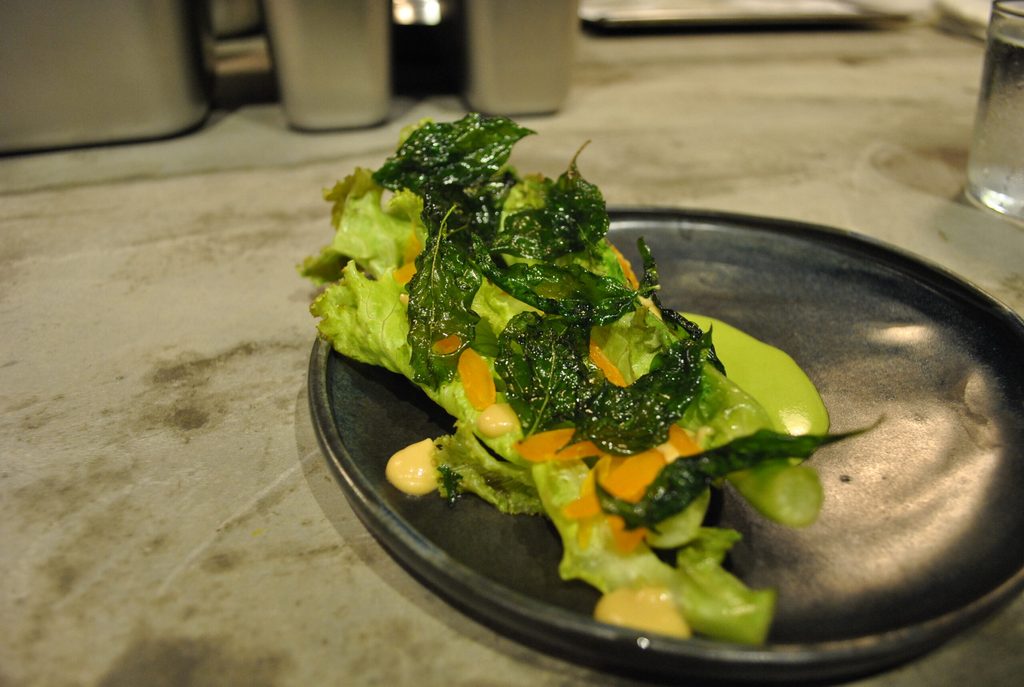
The lettuce is pan-fried quickly to bring out its smoky properties, giving it a slightly chargrilled flavor. It’s served with a savory-sour emulsion of chicharo, in-house guava vinegar, fermented lentils, and smoked tuyo from Palawan, which adds a familiar, salty depth to the dressing. The best part for me were the cured egg yolks from Zambales, thinly sliced to mimic bottarga, scattered on top of the dish – addictively salty and chewy – and then garnished with fried sili leaves for some crunch and nuttiness. I didn’t know that my pantry and fridge staples could all taste this elevated and good together – lettuce, chicharo, lentils, tuyo, and eggs!
“Gulay, seafood, and fermentation just turn out to be key aspects of the traditional Filipino diet,” Chef Stephan said.
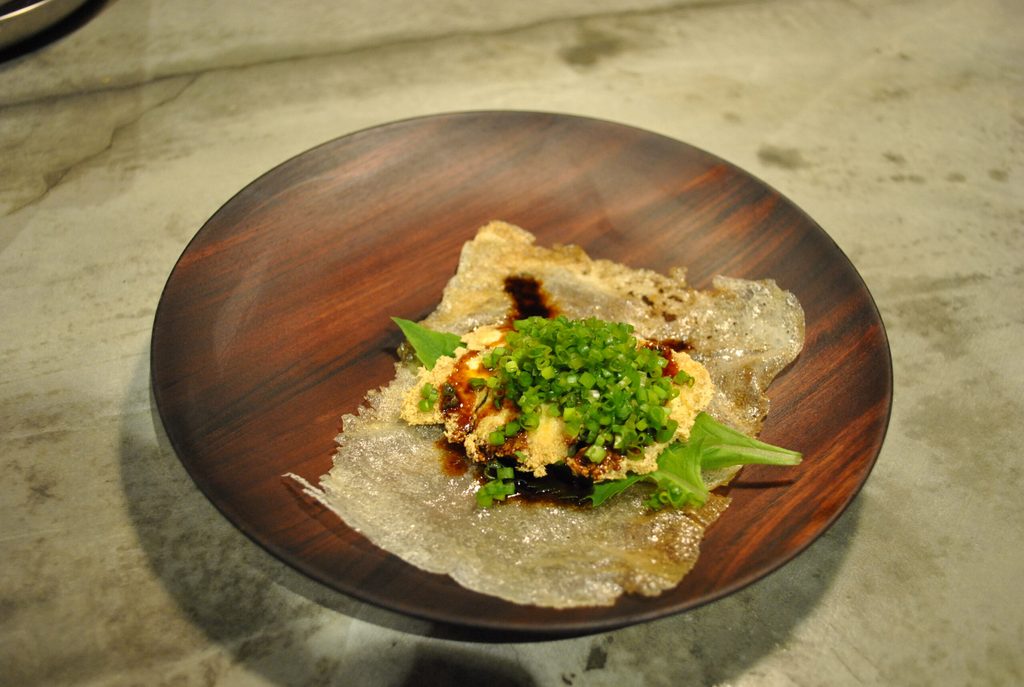
The third course is Metiz’s vegan take on the traditional lumpia, highlighting a favorite Pinoy plant-based ingredient: tokwa (tofu). Fresh tofu is (of course) fermented for seven days to maximize its sour properties, and then pan-fried slowly to bring out its “meatier characteristics,” which makes it a popular meat alternative for many dishes.
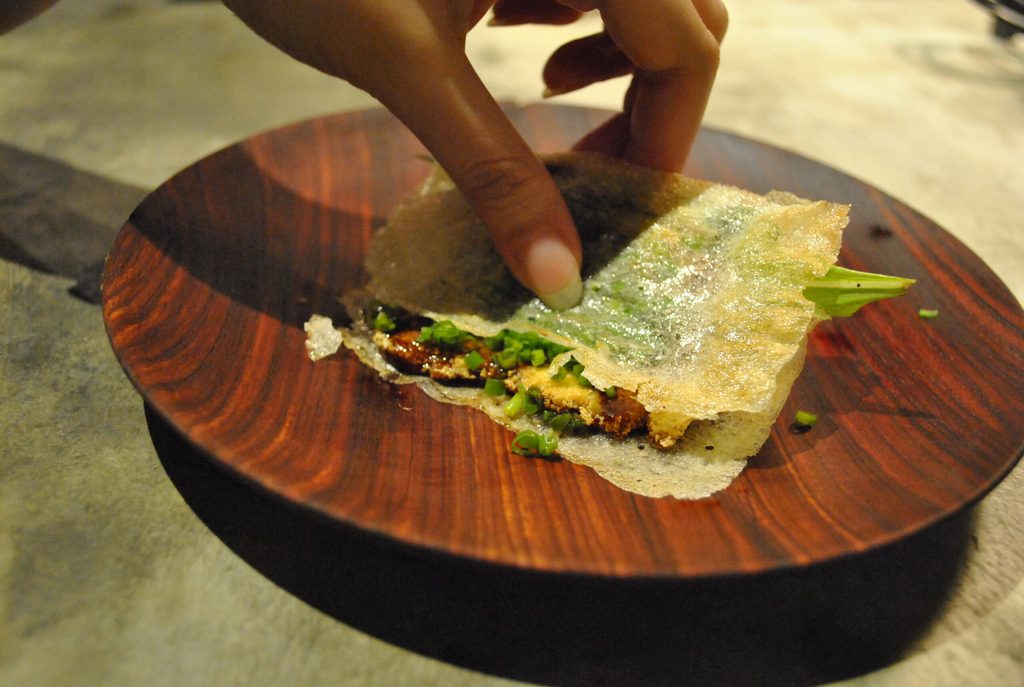
The tofu is cooked and coated in a slightly thick, spicy toyo-based sauce; it’s Metiz’s own special hot sauce, made from fermented veggies, fermented pineapple, and smoked mushroom bagoong – a powerhouse of spicy, savory, and tangy flavors! It’s kind of like a complex teriyaki sauce (plus a subtle kick of spice), and it gives the oh-so-juicy and moist cooked tofu a meatier flavor. It’s meant to be wrapped in the crisp, delicate lumpia sourdough wrapper it is served atop of with fresh veggies, and enjoyed in one or two hefty and tasty bites. I could have eaten another one of these – the wrapper is thin enough that the humble tokwa still shines in this multi-dimensional dish.
The fourth course was my unexpected favorite dish of the night (as you can tell, I had a lot of favorites that evening) – the kakanin. Presentation-wise, I was honestly worried at first – I thought it was an uber-thin burger patty being served halfway through the set menu. And when I heard it was a form of savory kakanin, I was even more confused. I love me a good bibingka with salted egg, but I’ve never tried a completely savory one made from black rice!
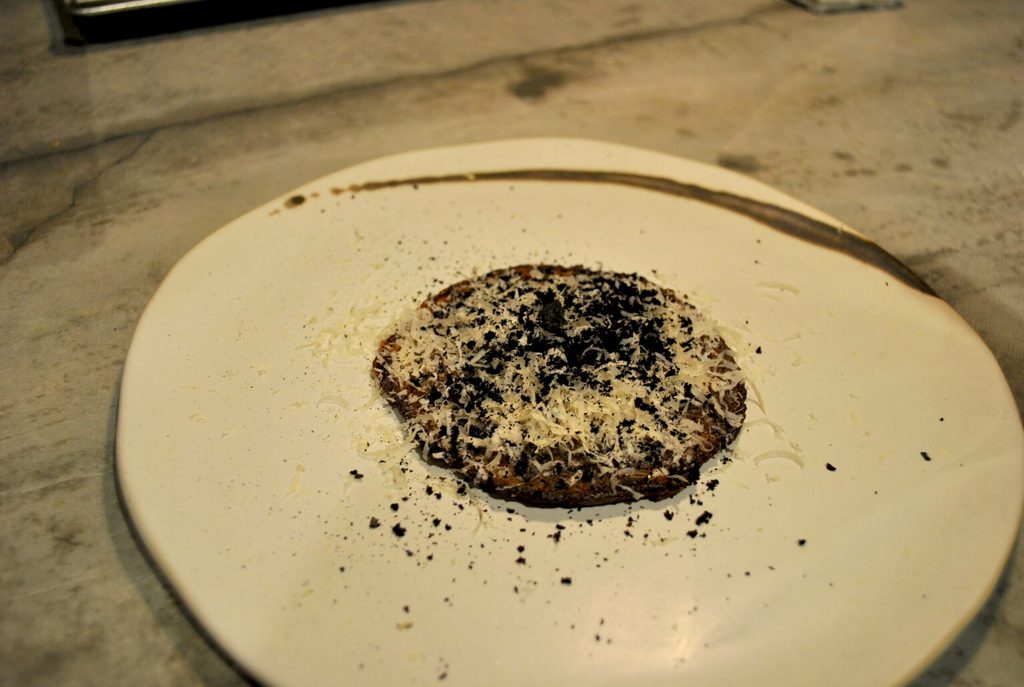
Chef Stephan explained that he uses black rice from Kalinga soaked in water for a few days to make the traditional galapong flour mixture, which is the sticky base ingredient of many Filipino delicacies and desserts such as kakanin. Gata (coconut milk) is added to the batter, as well as buro, egg, and honey to ferment it even more.
FYI: it’s not bibingka, Chef Stephan said, because it’s pan-fried and not baked. And because it’s pan-fried, the thin kakanin has a crispy exterior and soft, chewy interior that’s hard not to love. Plus, it’s fried over indulgent pork fat. Need we say more?
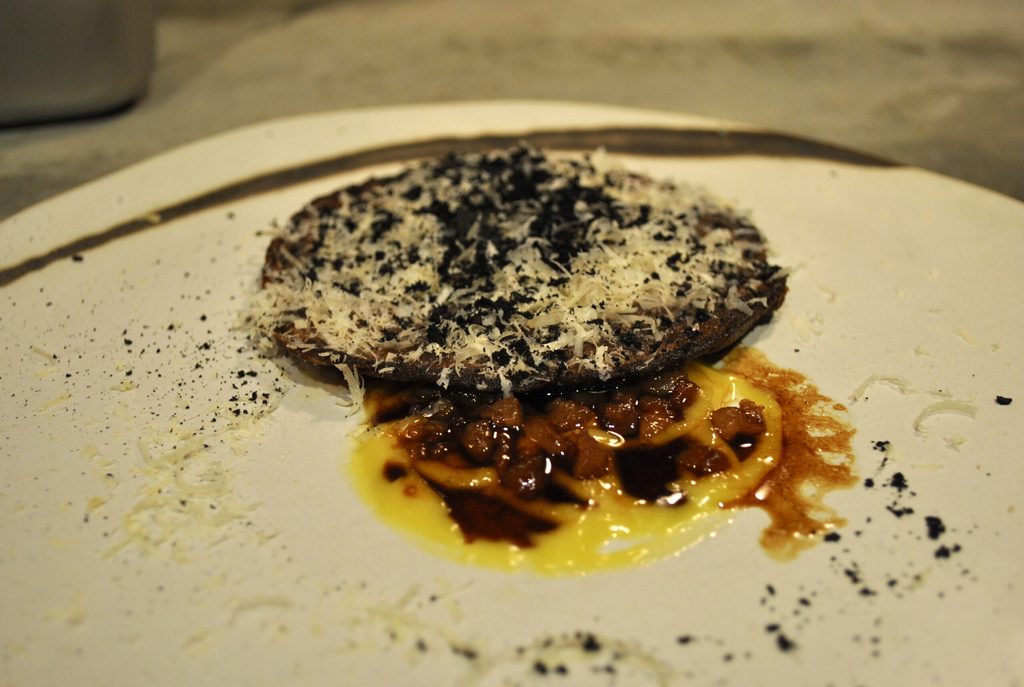
The thin, crisp kakanin is served atop a creamy egg yolk jam, pork fat bits, muscovado sugar for sweetness, and a smoked longganisa sauce for extra “meaty” goodness. Some saltiness is offered by the shavings of Malagos cheese and slightly bitter burnt niyog on top, contrasting the richness of the dish. It was an amazingly well-rounded experience – the kakanin perfects that addictive crisp-chewy consistency, with the chewiness reminiscent of biko. It’s savory, but it works; the umami and fattiness of the pork fat just melts in your mouth, and leaves you wanting more. I would come back for this dish, and hopefully order it is an ala carte meal!
The fifth course is pretty simple, and meant to be eaten like we would a regular meal at home, which was nice – it’s pusit and steamed rice, with the former cooked in a bulalo jus. Metiz souces its baby squid from Zamboanga, served atop a salty, dark bulalo broth and an umami-rich puree of cabbage, bone marrow (the best part of a bulalo!), and cured shrimp to add to the savory profile of the dish; there’s also fermented strawberry incorporated in the broth. The squid itself is perfectly cooked – tender, soft, and seasoned very simply as a complement to the flavorful sauce.
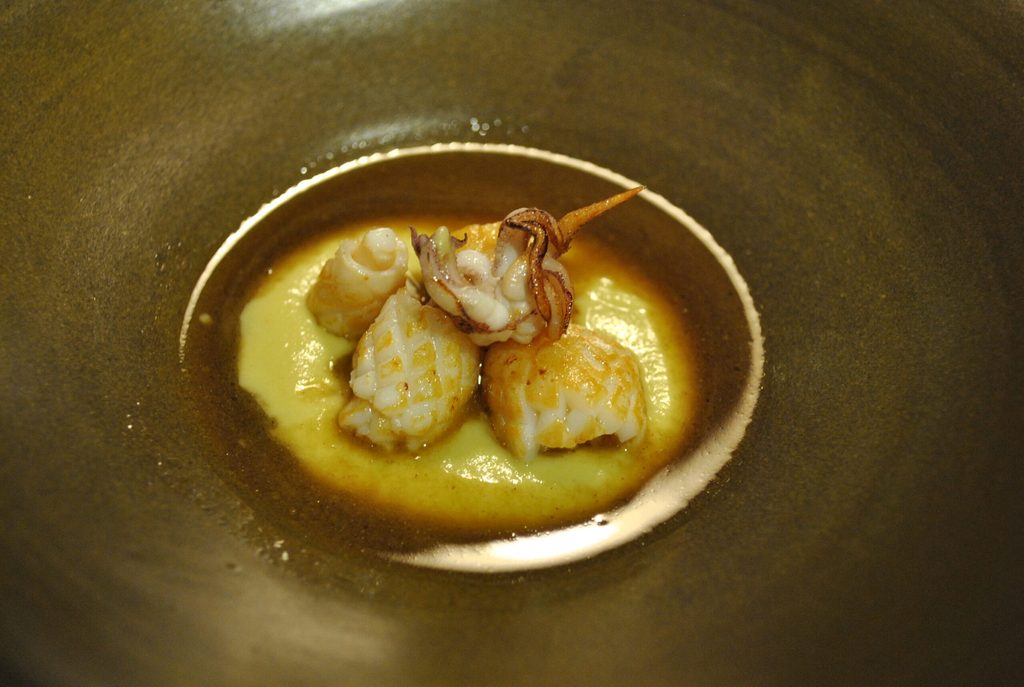
Spooning the rice into my bowl where the squid was served was a familiar and comforting way of eating, and the timing was just right too, because I did find myself craving for that rice-ulam combo at one point, as a predictable Filipino. Plus points that I could drown my rice in a savory sauce, adobo-style!
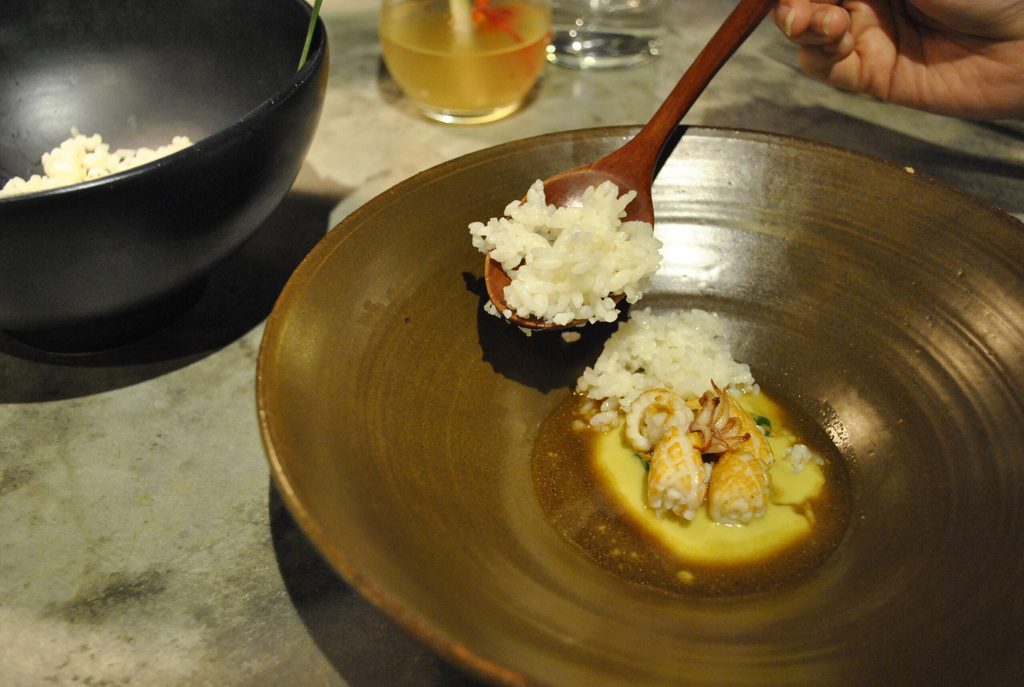
“We support local farmers who produce with flavor in mind. We only source from small farms that are at the very least organic. We feel compelled to support producers who have best practices in mind; there are too few in the Philippines,” Chef Stephan said.
“Exceptional quality seafood is extremely difficult to get in Manila and is expensive, so we reflect it in our menu by using it sparingly and by using it as flavor enhancers.,” he added.
The sixth course was also an ode to one of my favorite Filipino comfort soups – tinola. Metiz uses chicken sourced from Rizal, and only uses the flavorful dark meat for the dish. The chicken is cured for 24 hours with sugar, salt, and spices, until it’s cooked in its own fat until fork-tender. Once it’s cooked, it’s cooked another time, but this time with a coating of batter, and then fried for a perfectly light, crunchy exterior and moist interior. The skin is crisp, and the meat is juicy.
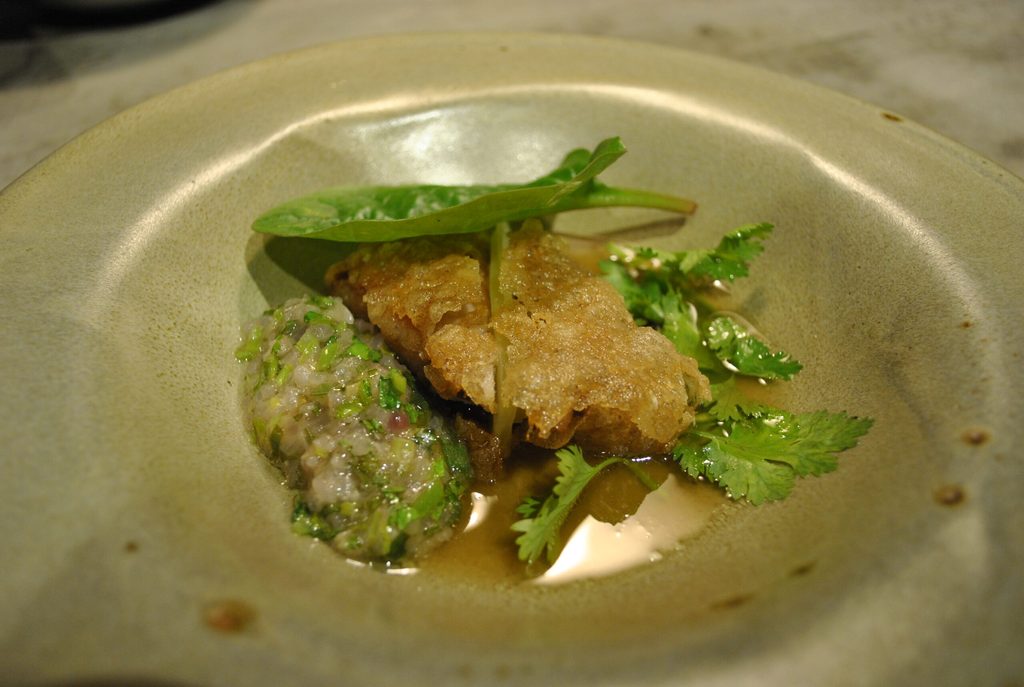
To make the soup, the carcass and bones of the chicken are mixed with vegetables and homemade miso, and then steamed for hours until the “liquids” that come out become the light, comforting broth of the dish. The chicken and broth are served with a salty, tangy, and chunky burong kanin (fermented rice) on the side (I’m buro-biased so this addition was a favorite). Everything is topped with mustasa, cilantro stems, alugbati, and cilantro. The locally-sourced green papaya is also braised in the chicken broth.
It’s a simple “rainy day dish” that hits the spot in terms of comfort food charm, but wasn’t as multi-textural or multi-dimensional as the previous dishes (maybe because the past courses were complex flavor bombs). But you really can’t go wrong with a good ‘ol chicken soup, rice, and crispy, well-cooked native chicken, as well as drowning your rice in soup and enjoying it by the spoonful.
If your jean buttons aren’t popping yet at this point, hold it in, because there’s always room for dessert! The seventh and last course is thankfully not a heavy chocolate cake or rich pastry – after a big meal, ice cream never fails.
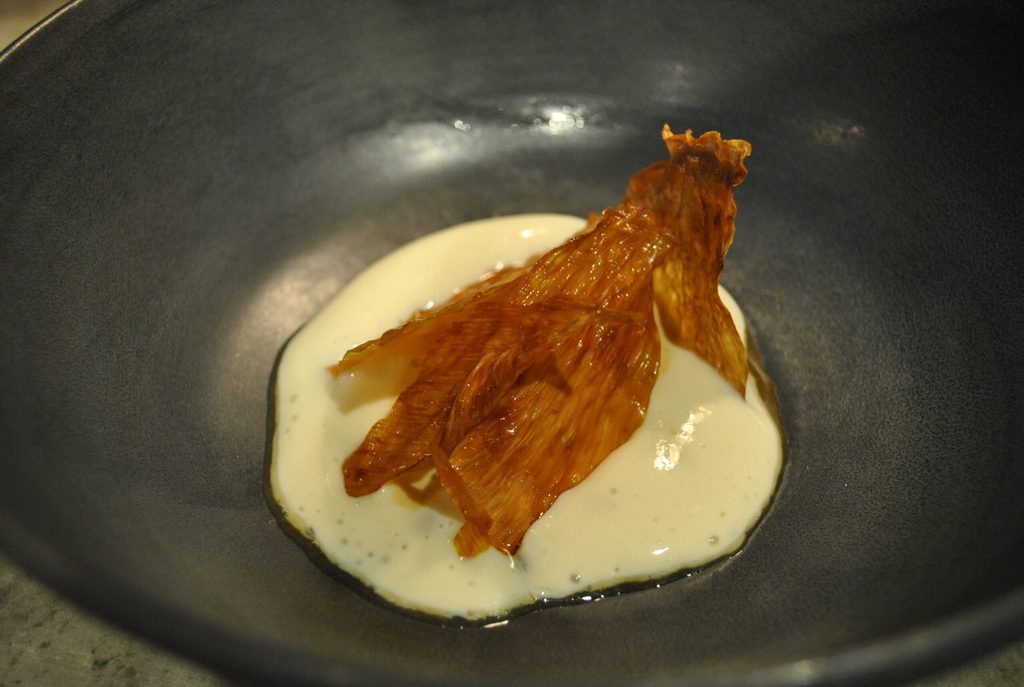
Metiz’s “ubod dessert” is like melted vanilla ice cream, paired with a silky, delicious, and sweet saba caramel panucha (pudding sauce) and homemade banana vinegar for a mellow sweet acidity. It’s served with evaporated milk foam, chewy bilo-bilo (which reminded me of a good ginataang bilo-bilo), and crispy, caramelized ubod chips on top for crunch. If you like milky, caramel-y desserts, you’ll enjoy this one.
At the end of the seven-course menu, I was full but not overly stuffed or bloated (I felt like I could even have seconds of certain courses, like the kakanin, lumpia, and lettuce). It’s familiar Filipino food, flavors, and ingredients, reinvented to come together in elevated but not totally alien ways that work cohesively.
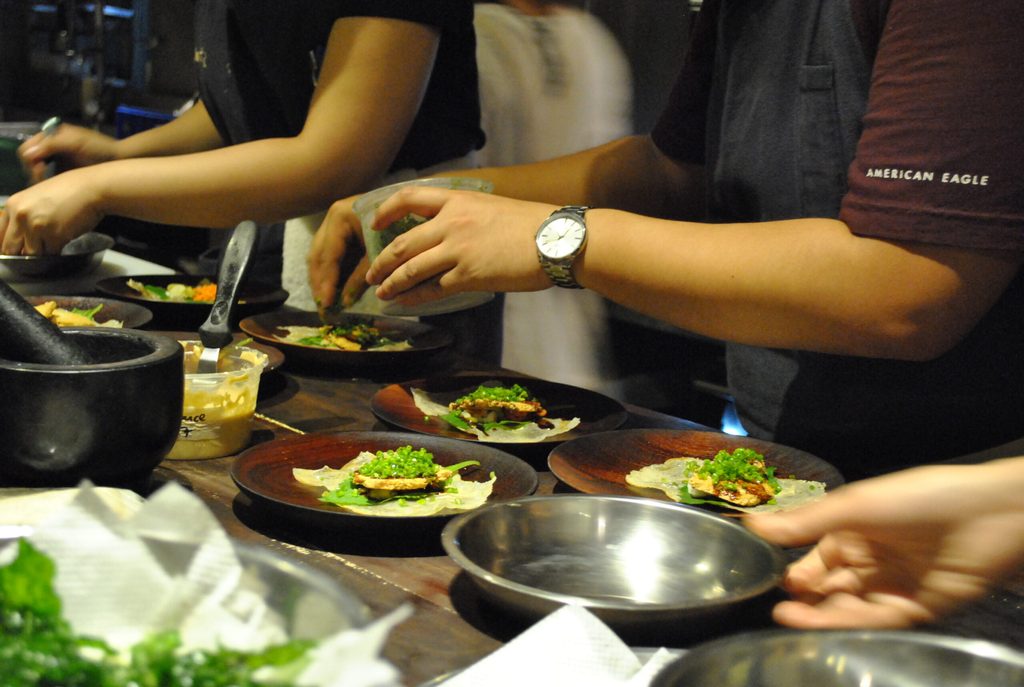
For the price of P3,500 per head, it’s a worthy and fun culinary experience to enjoy with fellow foodie friends or an adventurous date; hopefully, you’ll also be eagerly anticipating where Metiz will take you next. Dining at the chef’s table (or near it) adds to the awe-inspiring experience; you’ll gain even more appreciation for how each beautiful plate is meticulously made by hand by Metiz’s talented sous chefs who are hard at work but still know how to have fun.
“I try to push for a relaxed environment at Metiz. I like to say that we are cooks, not heart surgeons,” Chef Stephan said.
“Metiz, just like any other restaurant, differentiates itself through the cumulative life experiences of every individual team member. We want guests to enter the restaurant leaving at the door whatever pre-conceived notion they may have of what Filipino food should be and come out with a sense of what Filipino food can be,” Chef Stephan said.
“If guests leave Metiz with more questions than they had when they walked in, I think that’s a good start. It’s important to note that we are NOT imposing in any way what we think Filipino should be. We just explore possibilities, ideas, and concepts through fragments of flavor memories,” he added. Perfect description, tbh!
Born out of failure
Metiz is relatively “new” in the local fine dining restaurant scene, only being around three years old. It was founded in 2018 by Chef Stephan, but the idea for it started as early as 2016, when he was living in Colombia and operating his first restaurant called Tria. This was where and when he discovered what and how he enjoyed cooking.
“I started exploring frameworks, creative processes, and fermentation. And I discovered, in the midst of all the experimentation, that I enjoyed working with Filipino flavors the most,” Chef Stephan said. Unfortunately, Tria was ultimately, an “ambitious but failed project.” Due to the constant experimentation, the food was often “eclectic, inconsistent, and unfocused,” as Chef Stephan described.
“I was devastated when we finally closed our doors. For someone whose life revolves around cooking, losing your medium to cook is akin to losing oneself. At the time, I had no desire to return to the Philippines with a failed restaurant to my name,” he said. Chef Stephan then tried to use what “little network” he had made in Bogota – from regular guests, to chef friends, restaurateurs, and entrepreneurs – to find investors for a new restaurant project called Anomalia. This would serve a small, focused tasting menu, “defined by the connection between Latin America and the Philippines.”
“While the project was interesting, it was high-risk and wasn’t considered bankable. After eight months of trying and becoming bankrupt, I finally conceded defeat and decided it was time to go home.”
But every cloud has a silver lining, and Anomalia eventually paved the way for Metiz – still with a small focused tasting menu, but defined by nostalgia and traditional Filipino flavors and “unbound by recipes yet anchored in local techniques and cultural heritage.” Chef Stephan opened Metiz’s doors to the public in November 2019.
“I put a lot pressure on myself. Metiz felt, in a way, like my last opportunity as cook. I decided that Metiz would make or break my life. When you set yourself up like that – in absolutes– it has a tendency to light a fire up your ass,” he said.
And the rest was history – Chef Stephan now heads his own team of sous chefs, with each member involved in the brainstorming creative process that includes menu creation, fermentation projects, and R&D, as well as decision-making and goal-setting. Metiz’s success proves to be a genuine team effort, helmed by Chef Stephan’s determination to showcase the best of Pinoy flavors with integrity and respect, and an unmatched creativity in doing so.
Until the next set menu! – Rappler.com
Metiz is open from Tuesdays to Saturdays and opens at 6 pm. It is located at Karrivin Plaza, Ground Floor, Building A, 2316 Chino Roces Ave Extension, Makati City. You can call or message for reservations at 09177004109.
Add a comment
How does this make you feel?




![[Uncle Bob] Makati Cinema Square: Against all odds](https://www.rappler.com/tachyon/2024/02/mcs-facade.jpeg?resize=257%2C257&crop_strategy=attention)
There are no comments yet. Add your comment to start the conversation.